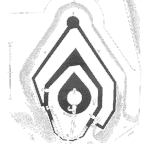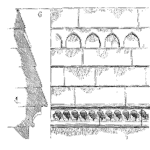
Software elements of a product or system take time to create. Thus re-using blocks of code developed for previous applications may save on development time. [Read more…]
Your Reliability Engineering Professional Development Site
by Fred Schenkelberg Leave a Comment

Software elements of a product or system take time to create. Thus re-using blocks of code developed for previous applications may save on development time. [Read more…]
by Fred Schenkelberg Leave a Comment

Physical products are made up of materials.
The materials including metals, polymers, adhesives, and many others experience loads and stresses during assembly, transport, storage, and use.
Selecting the right materials such that they both meet the needs of the customer and are sufficiently reliable relies on understanding how the material will respond to the applied stresses over time.
As with parts selection, one way to determine if a material is suitable for your application and end use is to monitor the material’s performance over time in your products. The trouble is it also transfers the risk of failure (the unknown risk of failure) to the customer.
In many cases this is unacceptable. [Read more…]
by Fred Schenkelberg 1 Comment

A product or system may fail for many different reasons.
One cause is a faulty part. A component is susceptible to failure when either improperly used in the design or is a damaged or flawed component. [Read more…]